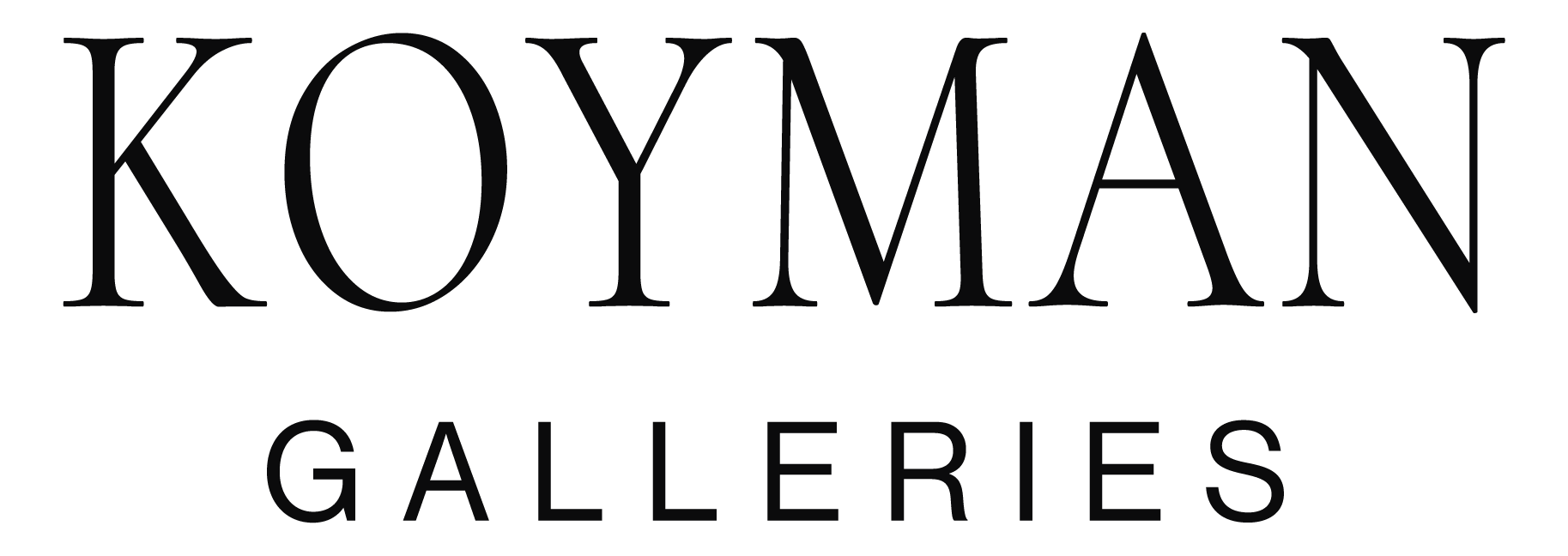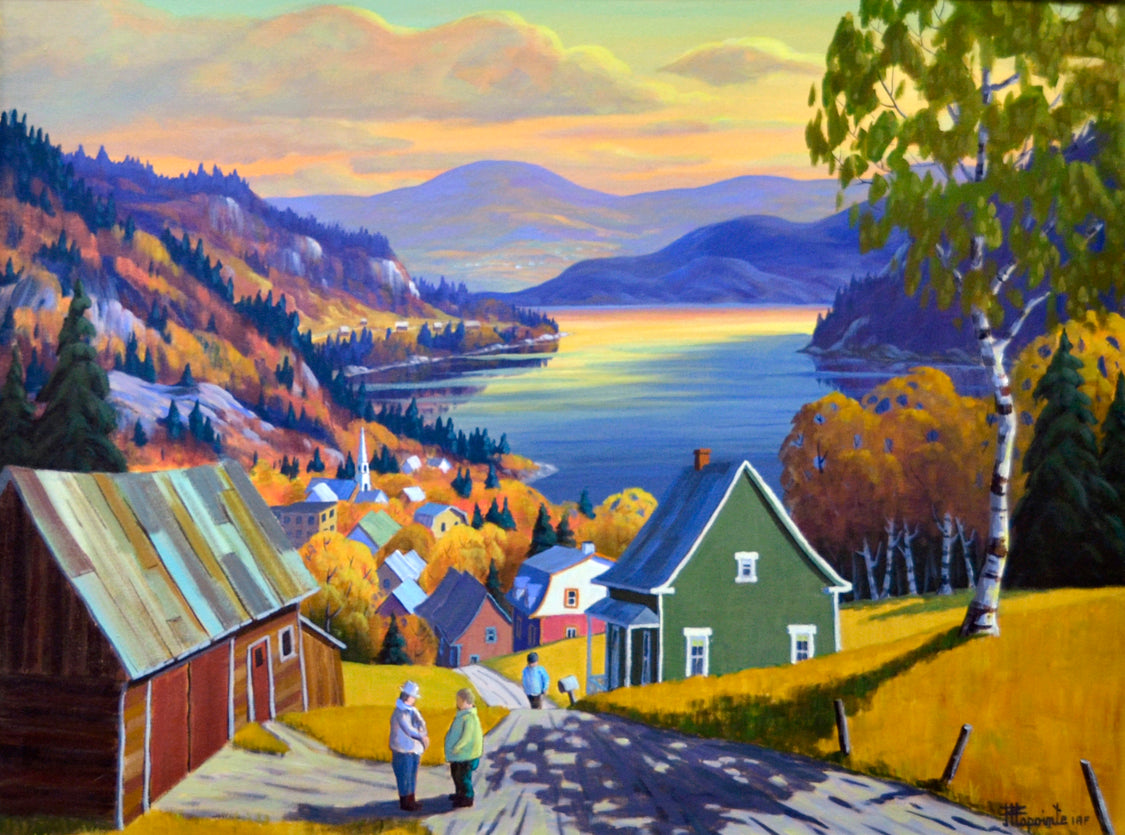Jean-Paul Lapointe
Jean-Paul Lapointe (1943–2007, Saint-Charles-de-Bourget, Quebec) was a self-taught painter celebrated for expressive landscapes inspired by Saguenay–Lac-Saint-Jean, Charlevoix, and the North Shore. Beginning his artistic career in mid-life, he went on to exhibit widely in Canada and internationally. Founder of La Maestria and the Saguenay-Lac-Saint-Jean International Symposium of Painting and Sculpture, Lapointe became a leading figure in Quebec’s artistic community.Jean-Paul Lapointe (1943–2007, Saint-Charles-de-Bourget, Québec) emerged as a distinctive voice in Canadian art, beginning his career as a self-taught painter at age 39. Initially trained as a nurse and active in community leadership, he shifted his focus to painting in the early 1970s, holding his first exhibition in 1973. By 1981, he had committed fully to his practice, producing landscapes that captured both the grandeur and intimacy of Québec. Inspired by Saguenay–Lac-Saint-Jean, Charlevoix, and the North Shore, as well as the Group of Seven, Lapointe infused his compositions with vitality, often reimagining terrain rather than documenting it literally. His palette, expressive brushwork, and balance of observation with invention gave his paintings an unmistakable energy.
Lapointe’s impact extended beyond his own canvases. In 1998, he founded La Maestria, an artists’ collective, and in 2000, he established the Saguenay-Lac-Saint-Jean International Symposium of Painting and Sculpture, which drew tens of thousands of visitors and later took his name in tribute. Over his career he exhibited more than fifty times across Québec, Ontario, and internationally in France, Switzerland, Belgium, and Mexico. His dedication to advancing visual culture in Quebec was matched by his support of charitable causes and his recognition in reference works such as Le Petit Larousse. Today, his legacy endures as both a painter of luminous, expressive landscapes and a cultural leader who elevated the visibility of his region on the global stage.


